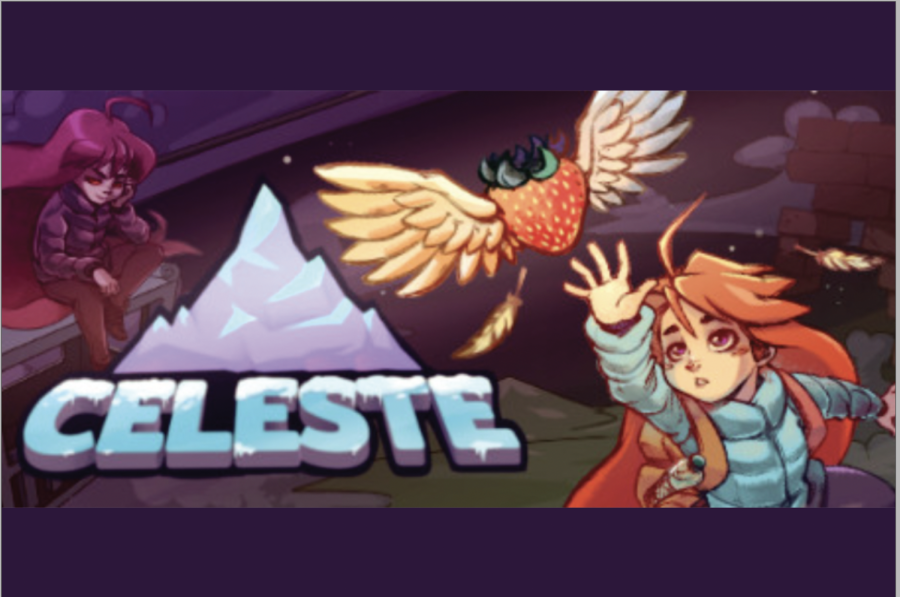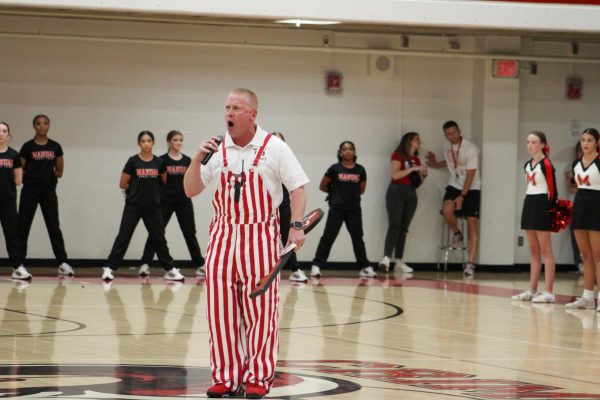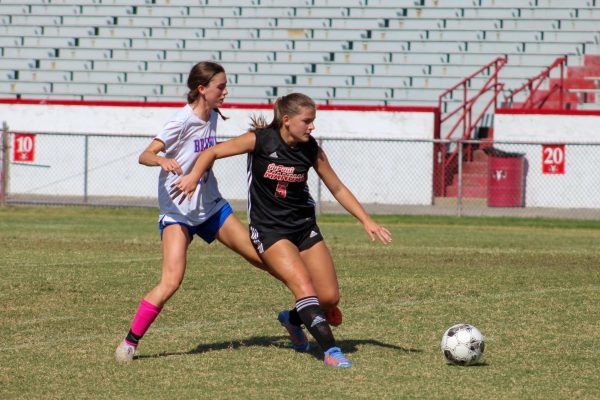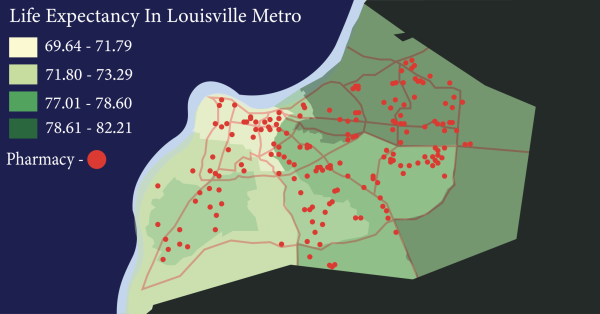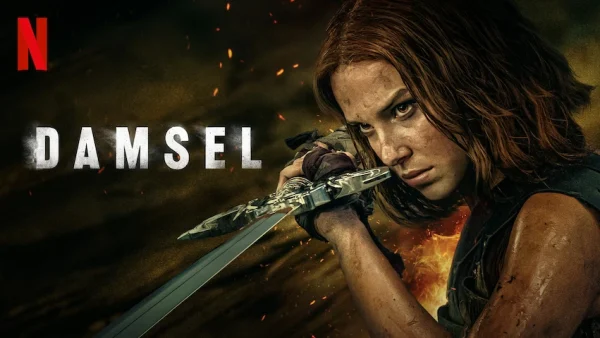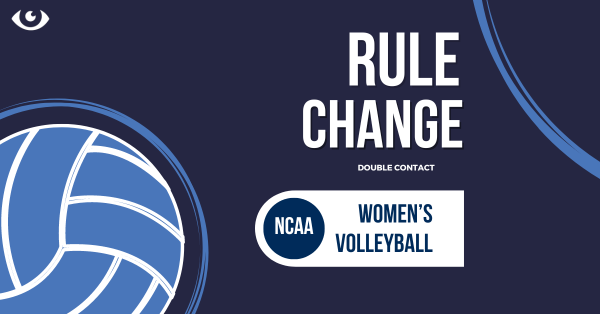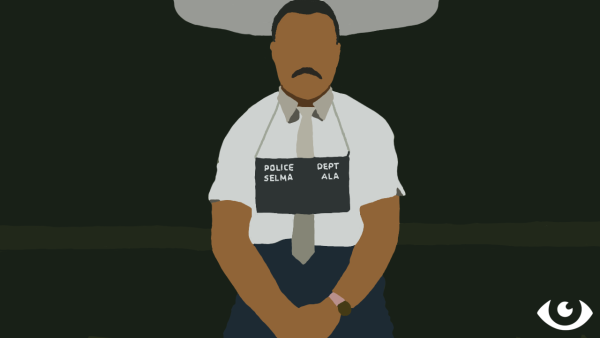OPINION: Celeste and facing demons
January 28, 2022
Full disclosure, this is not going to be a normal opinion piece. Nor is it going to be a normal review of the 2018 indie game Celeste. It’ll be a little bit of column A, a little bit of column B, and a whole lot of discussion about real world mental health. I hope you’ll oblige me, and take the plunge.
Celeste is a platformer, made mainly by EXOK Games, lead by Maddy Thorson and Noel Berry, with music composed by Lena Raine. Our story follows Madeline, a red-haired woman climbing the mysterious and dangerous Mount Celeste. In gameplay terms, it’s a platformer—the same genre as Super Mario. However, Celeste plays quite differently to a Mario game. There are few enemies, with the focus being put on precise movement most of the time. The controls are pretty intuitive, and coded to be forgiving.
That’s not to say the game is easy—far from it. The game has seven main story levels and a tutorial, and I managed to die 4721 times completing my first main story playthrough. (There’s a death counter on your save profile). So why did I tolerate dying that many times? It’s simple really. Celeste is one of the rare games that falls into the valley of being challenging without being overly frustrating. Out of those 4,721 deaths, very few felt unfair. It was always because I had made a mistake. Added to that, the game is very satisfying to play. The music fits the mood perfectly and enhances the whole experience, and that feeling when you finally grab that collectible that’s been taunting you for an hour is absolutely brilliant.
Celeste is a brilliant platformer, and one of my top games of all time, alongside titles like Undertale, Minecraft, FTL, and Risk of Rain 2. That’s not why I chose to review it though. The reason for that is presented through the characters of Celeste, most specifically Madeline and her shadowy twin, affectionately nicknamed Badeline by the community.
Why is Madeline climbing Celeste Mountain? Her guess is as good as yours. As she puts it later on, “I just needed to get out of my head.” She seems to be a lonely young woman, describing her hobbies as drinking and getting angry on the internet. She is determined to reach the peak, in part because she’s “done breaking promises to herself,” but that determination wavers throughout the story. One of the most notable instances of this is early in the game, at the end of the first real level. Madeline rests at a campfire after a harsh climb, and says: “This might have been a mistake.”
Her doubts are given form not long after, midway through the game’s second level. Exploring some old ruins, she encounters a giant mirror, and sees a dark reflection in the mirror, with purple hair and harsh red eyes to Madeline’s fiery orange and cool blue. The mirror shatters, and the shadow escapes. Not long after, the two have their first discussion. It is here we learn that the shadow is a part of Madeline- and furthermore, one that is highly doubtful of Madeline’s skill, aggressive towards others, and thinks that her mission to climb the mountain is stupid and naive.
But Justin, you may be asking, why did you just summarize the opening of a game in this article that’s supposedly an opinion piece? Well, here’s why: Celeste is unironically one of the best representations of dealing with depression I’ve ever seen, in any media. Allow me to explain.
In our first meeting of Madeline and her dark side, Madeline runs. As far as she can, as fast as she can, until it stops chasing her. Problem is, it doesn’t work. Badeline doesn’t just go away because Madeline avoids her. Badeline is often a very real stand in for dealing with mental problems- she’s basically introduced as the dark side of Madeline’s psyche. Thus, as with real depression, problems don’t stop being problems when you try to avoid them.
What we see Madeline do next is a logical step many take when confronting real mental health issues, and that is trying to persist despite your failings. This is progress for Madeline, but it’s still not really her end goal. Trying to be a good person despite your flaws is absolutely admirable, but Madeline goes about it in such a way that she’s still not really addressing the issues plaguing her, just trying to move on to spite them. We see that all this results in is a facade of contentedness until the bottled up negative emotion boils over, and lashes out at anything in sight. It’s Badleine’s insults that cause a lonely ghost, Mr. Oshiro, to go berserk and try to kill Madeline, and in that moment it becomes clear that this coping mechanism is not sustainable.
Later on, Madeline’s friend Theo comforts her in a cable car stalled over a ravine. He teaches her a simple breathing exercise to calm her down, and throughout the next chapter she rescues Theo from a deadly ancient temple and begins to feel more in control. This is part of what leads her to confront her dark side and try to cut the negativity out of her life. This is where the game’s commentary on mental health went from good to brilliant for me. This attempt to cut out her dark side blows up in Madeline’s face. Her breathing exercise fails, her fear overwhelms her, and she falls down the mountain. This disaster sends her to her darkest mental point in the story. I really love this segment because it criticizes a toxic interpretation of dealing with depression. In practice, deleting the parts of yourself that you don’t like isn’t effective or really even feasible.
That is NOT to say people can’t change for the better- I used to be a very shy person, and I’m now much more outgoing. It’s rather to say that I didn’t grow as a person by throwing my social anxiety in the dumpster. I got better over time, by looking at my anxiety, figuring out what caused it, and then using that knowledge constructively. Figure out what makes me the most nervous, and how I can calm myself down when I feel myself start to slip. Push myself out of my comfort zone sometimes, because growth cannot only come from a place of comfort. The most effective step on my journey was looking at my faults, and saying, rather than “I’m terrible at this,” “What can I do about it?” Sometimes the answer was nothing, but in finding the places I knew I could work with, I had a good place to start. And that seems to be the message Celeste is sending.
We are literally and figuratively at Madeline’s rock bottom after she falls down the mountain. The beautiful lush scenery contrasts sharply with her crestfallen mood and flickering hope. However, at the 11th hour, Madeline runs into an unlikely friend- an old woman, whose house we passed in the tutorial level. Madeline has a breakdown, claiming she’s over her stupid idea, that her dark side was right, and she should go home to her stupid life and be miserable forever. The old woman, up to this point seeming half-crazy and condescending, steps in. She asks Madeline why her other half is so scared, and implores her to actually talk with her. What follows is possibly my favorite scene in the entire game. Madeline finds Badeline, but, being scarred by the attempted abandonment, Badeline refuses to talk, instead throwing everything she has at beating Madeline into submission.
The fight is long and arduous, but it was probably my favorite gameplay section. The music in the background is absolutely perfect, and is literally called “Confronting Myself.” It took me probably twenty or thirty minutes to beat, but I didn’t care. I got entirely lost in a flowstate and almost made myself late to work. And in the end, Madeline wins.
What happened next surprised me at first. The two attempted to reconcile with one another. Madeline began to accept her faults, and Badeline began to actually trust in Madeline again. At the end of the scene, Badeline disappears, and a flurry of magic particles swirl around Madeline, giving her the single most substantial upgrade you get throughout the entire game, the ability to dash twice, or, effectively, triple jump. They begin working as a team, and it is some of the most heartwarming stuff I’ve ever seen. Very quickly, the two accept that though they don’t always see eye to eye, they make a great team, and they even begin to admit when each other were right, and then- in a skill many real humans haven’t mastered- have an argument, respectfully, that does not harm their friendship.
Eventually, through much perseverance and teamwork, the two make it all the way to the summit, and are rewarded with a killer view of the countryside. The ending is a bit sad, as the two realize that once they leave the mountain, Badeline will go back to being a part of Madeline, with no real body of her own, but as they descend, they play games together and generally have fun. They hop on floating clouds, and Badeline does a cute dance by splitting off into copies that she used earlier to chase Madeline down. The two agree that they can’t and won’t go back to the way things were before the mountain, and share a last meal with their friends at the old woman’s house at the bottom of the mountain. It’s beautiful, and has good and meaningful closure for the characters.
The game clearly has a strategy it favors for taking care of yourself. Cooperation between Maddy and Baddy is crucial to finishing the game. Victory cannot be achieved until this happens. Celeste believes that the best way forward is accepting your faults, and then working with them, until they can be channeled into productive action. Only then can you reach your full potential. After all, it is often said that we are our own worst enemy, but the necessary flipside is that we can be our own best friend.
Featured image is used under Fair Use for the purposes of review.


